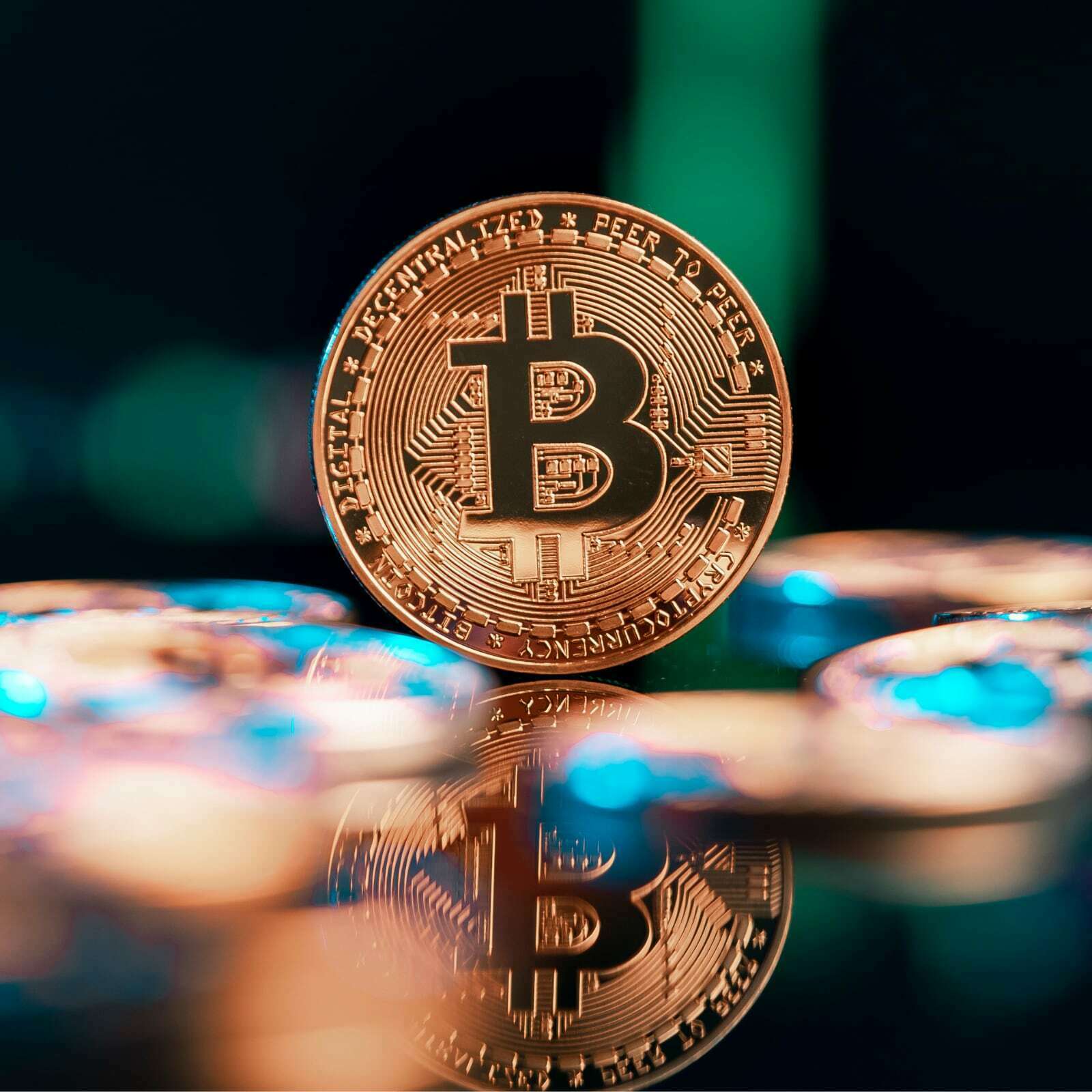As the Bitcoin halving draws near, the crypto community is abuzz with anticipation for the Runes protocol, developed by Casey Rodarmor of Ordinals fame. This new fungible token standard, built on Bitcoin’s UTXO model, aims to simplify token creation and could significantly impact transaction dynamics and developer engagement.
As the upcoming Bitcoin halving approaches on April 19-20, 2024, excitement is mounting among cryptocurrency enthusiasts for the introduction of the Runes protocol. Developed by Casey Rodarmor, the mind behind Ordinals, Runes has garnered significant attention since its reveal in September 2023. This overview sheds light on what the crypto community can expect from this new protocol.

Bitcoin Set to Embrace Runes: Launching a New Fungible Token Standard
Casey Rodarmor, who previously conceptualized Bitcoin’s Ordinal theory, announced the Runes protocol six months ago via his blog. In his announcement, Rodarmor expressed some reservations about the advisability of creating a new protocol on Bitcoin that would allow the generation of fungible tokens. Despite his uncertainties, he recognized the potential for significant transaction fee income, enhanced developer engagement, and an expanded Bitcoin user base.
At its core, the Runes protocol is designed to facilitate the issuance of fungible tokens directly on the Bitcoin blockchain, presenting a new token standard that differs notably from existing ones like the BRC20, developed by Domo. Unlike the BRC20’s account-based model, Runes utilizes the Bitcoin-native Unspent Transaction Output (UTXO) model.
Rodarmor’s blog post detailed how runes operate as digital units stored within UTXOs, which serve as containers for various quantities and types of runes. Transactions involve a script that includes a protocol message, marked by OP_RETURN and the letter ‘R’, to manage the runes’ transfer or creation.
These transactions are structured to specify the rune ID, the transaction output destination, and the amount of runes to be transferred. Runes distinguishes itself by avoiding the complexities of non-UTXO systems, which often require additional components such as a native token or reliance on Ordinal theory, and instead opts for straightforward transaction scripts to handle and distribute digital units.
The launch of the protocol is timed to coincide with the Bitcoin halving and is currently being trialed on Bitcoin’s testnet. A user on the social media platform X reported that the testnet mempool had expanded significantly, indicating a surge in activity. This user noted higher testnet fees and a developing market for testnet satoshis, suggesting a possible increase in Bitcoin fees as users start to etch runes following the mainnet blocks 840,000 and 840,006.
“The fact that people are bothering to do this with testnet funny money is an indication of the latent popularity of Runes. Testnet never used to be like this. The next few weeks are going to be f’n wild,” said Cryptoquick on X.
The anticipation for Runes has been building significantly. By the end of January 2024, Tristan, founder of Ordiscan.com, highlighted the growing demand for the new protocol, observing that several teams were already marketing their tokens as ‘The First Rune.’ The BRC20 tokens have already accumulated a significant market cap of $2.4 billion, underscoring their value.
As the halving nears and the testnet activities intensify, the Runes protocol’s novel approach aligned with Bitcoin’s fundamental principles is poised to potentially revolutionize the realm of BRC20-based digital currencies and mark a new chapter in Bitcoin’s ongoing evolution. This shift could dramatically alter market dynamics, signaling a transformative period in the way Bitcoin transactions are conducted.
Also Read, Hong Kong Set to Launch Spot Bitcoin ETFs with Potential for High Demand
Goldman Sachs Reports 28% Profit Increase in Q1, Boosted by Investment Banking and M&A Activities
Bookmark and Follow us for More Business News
